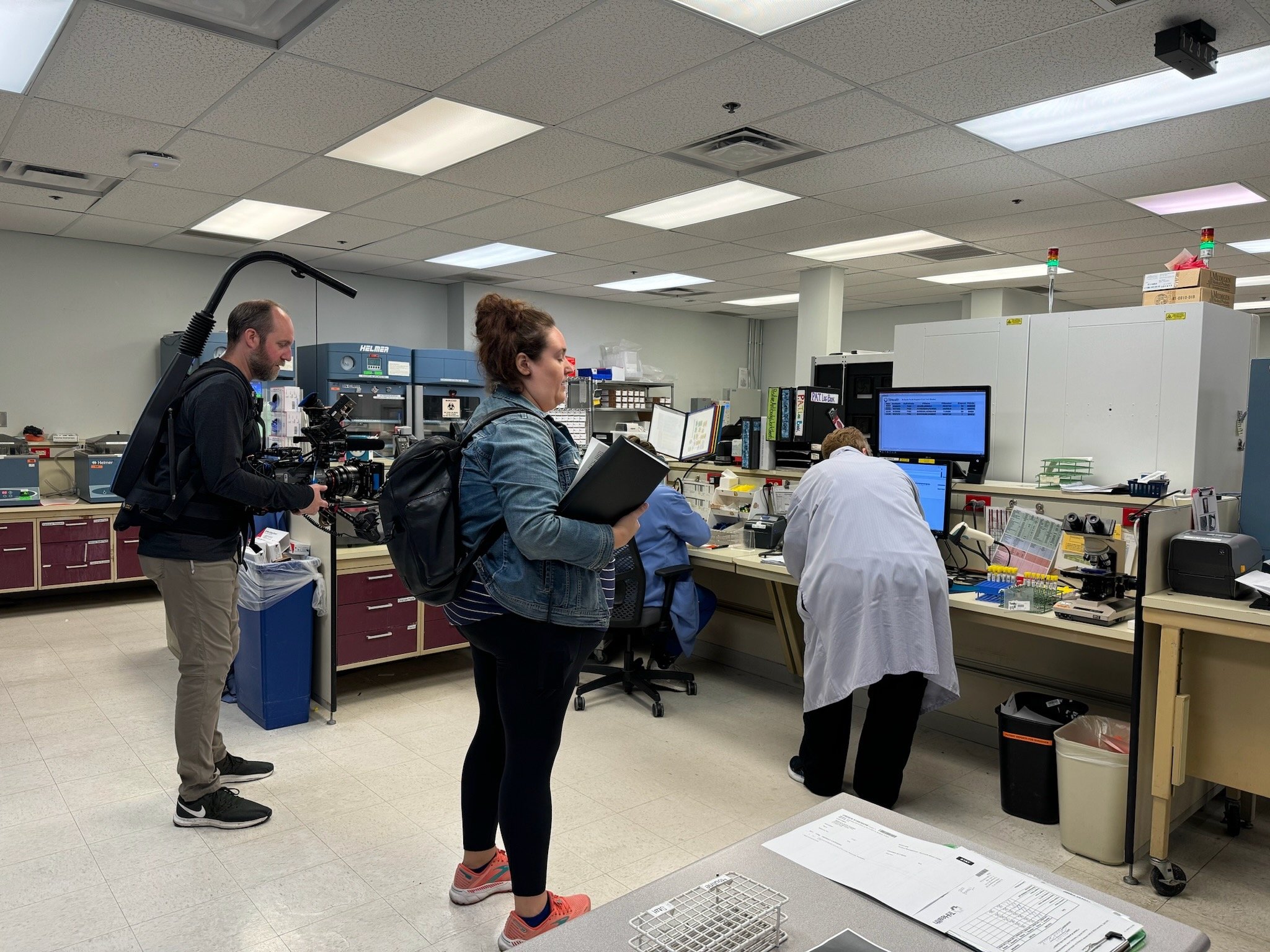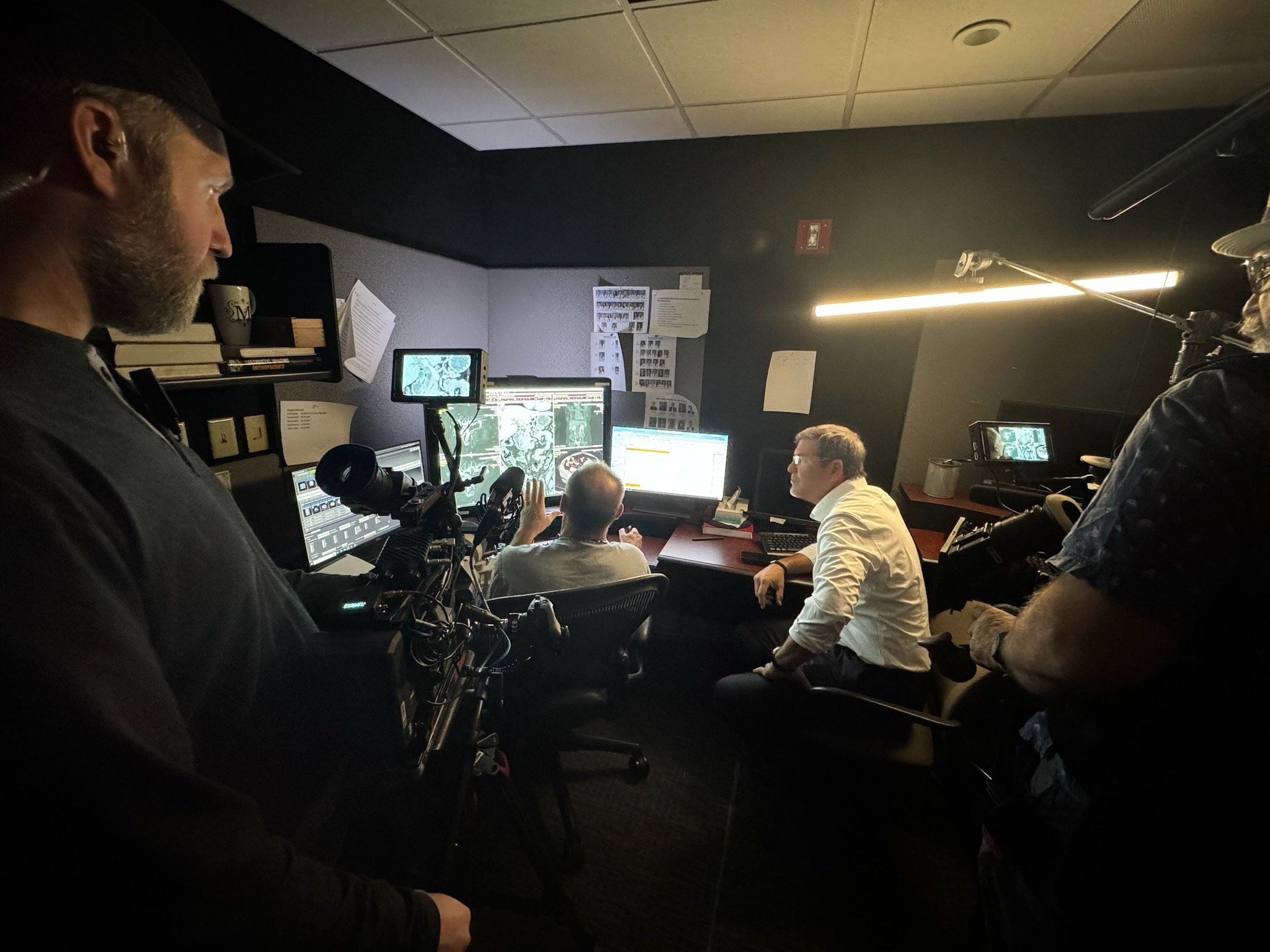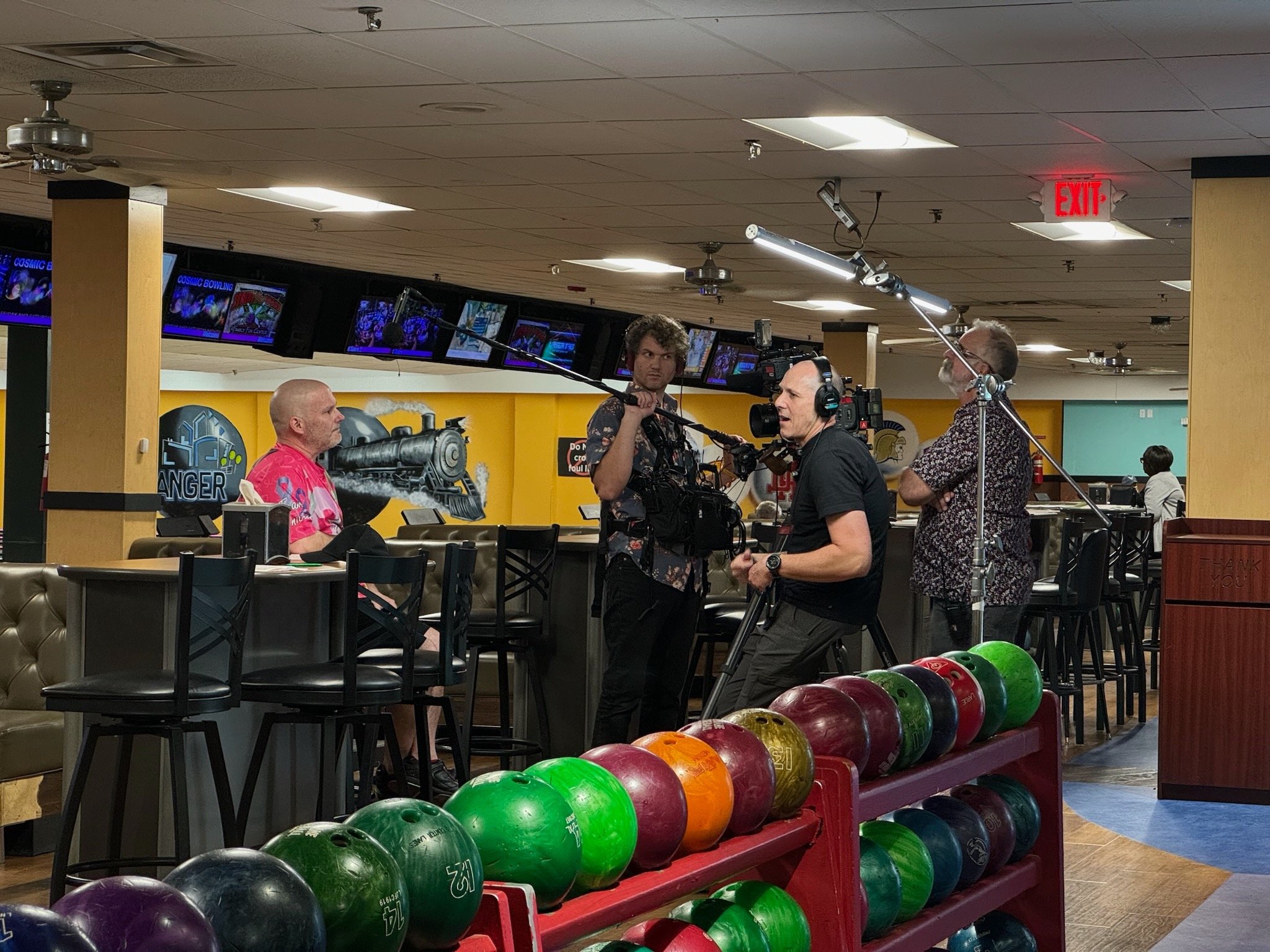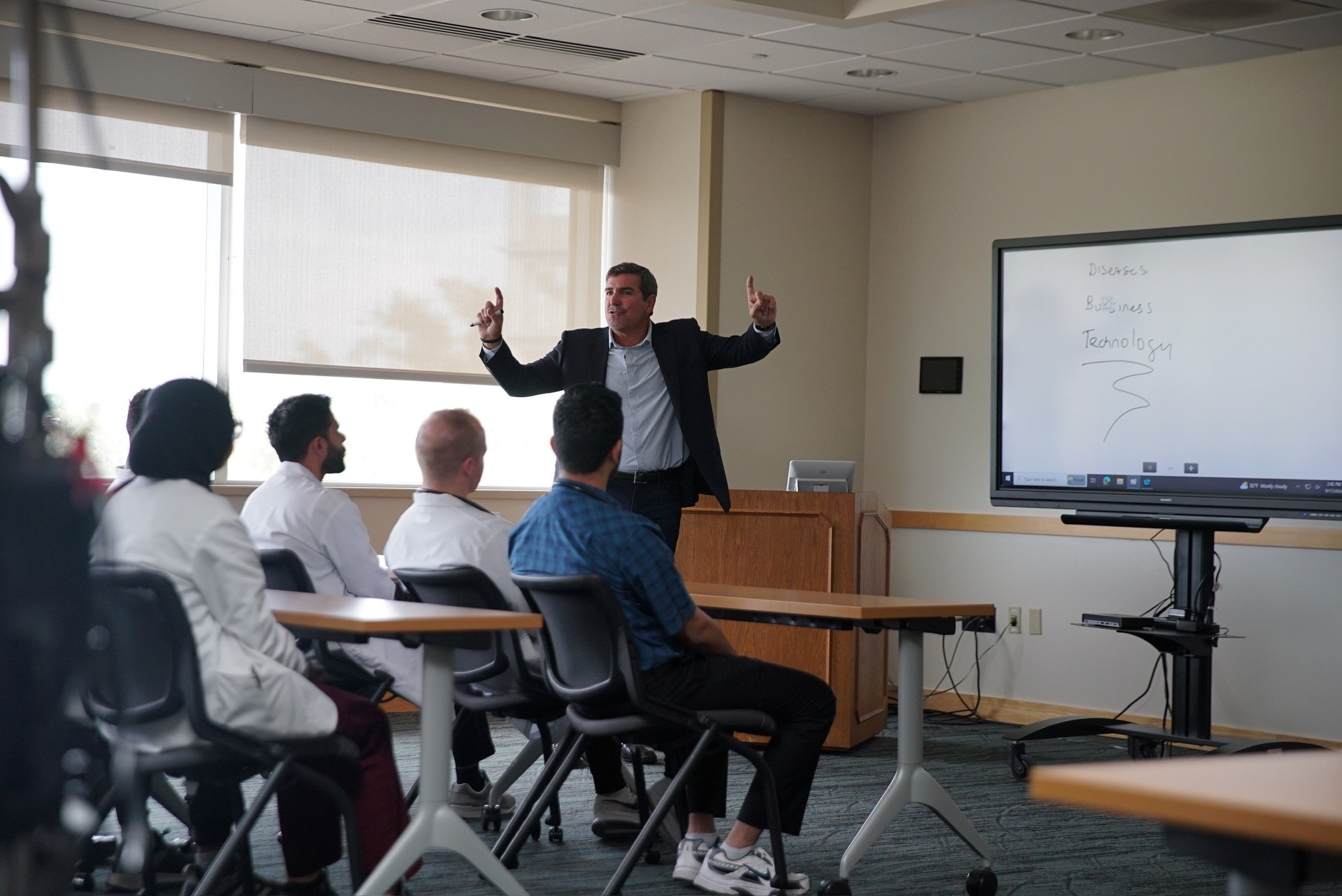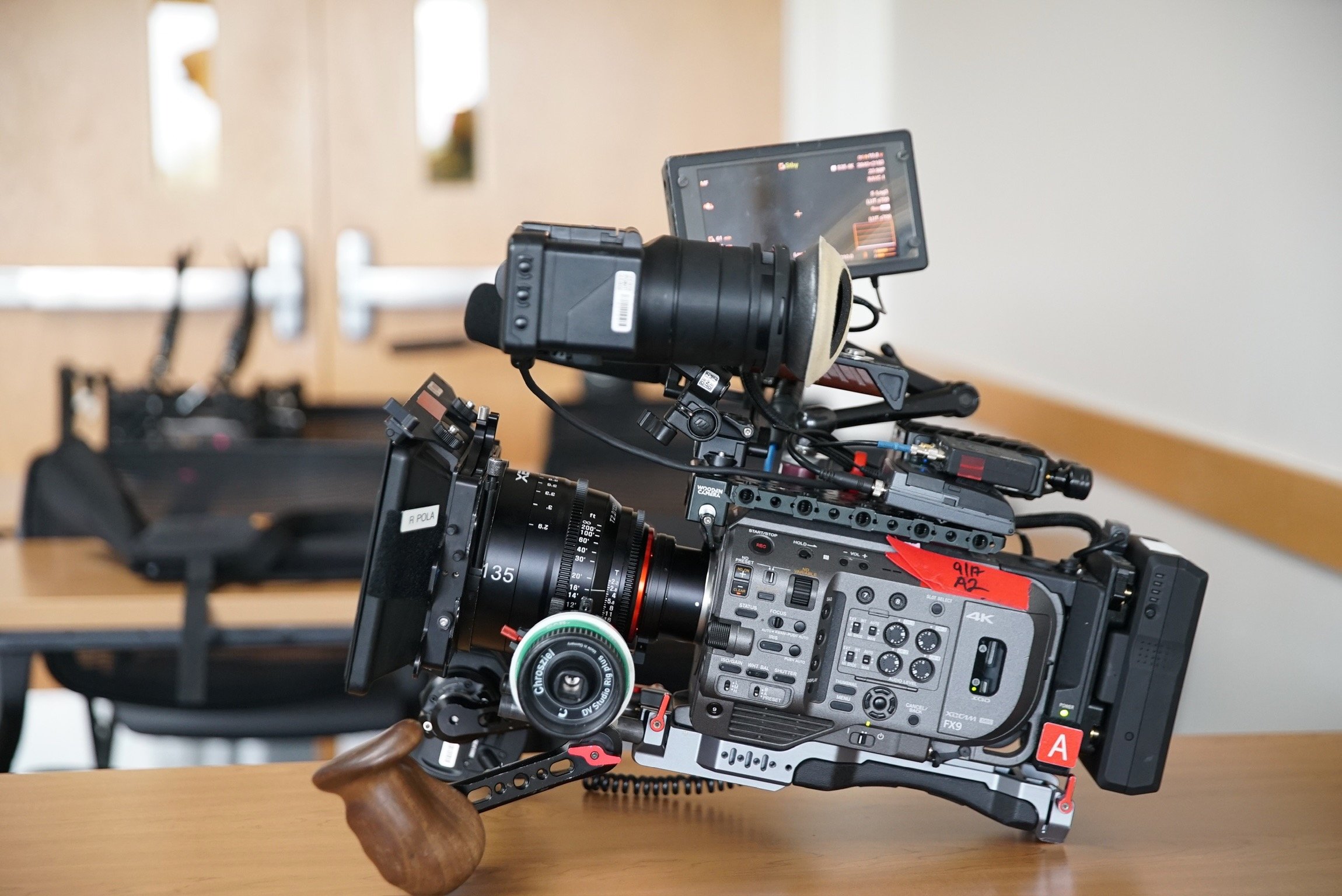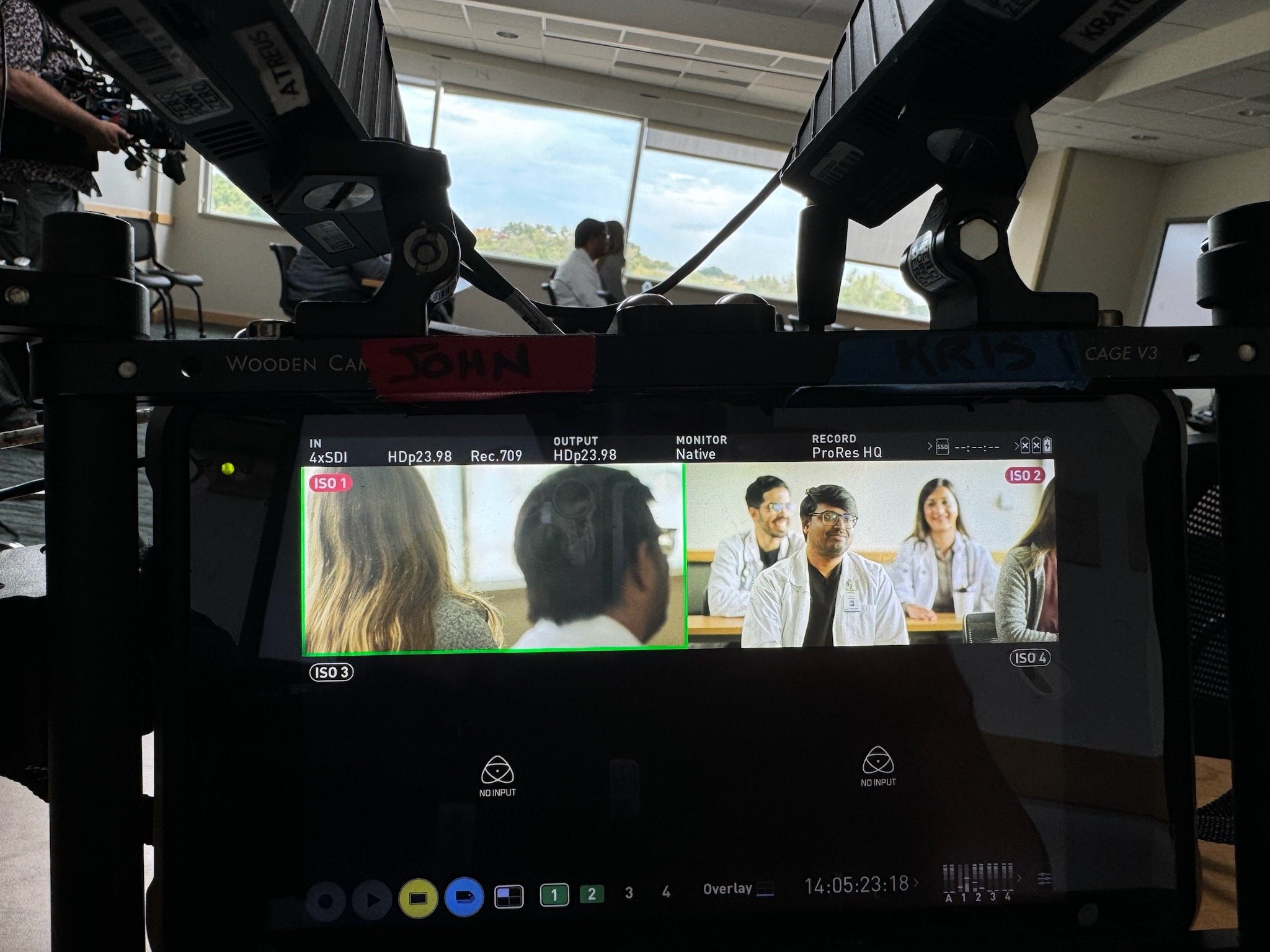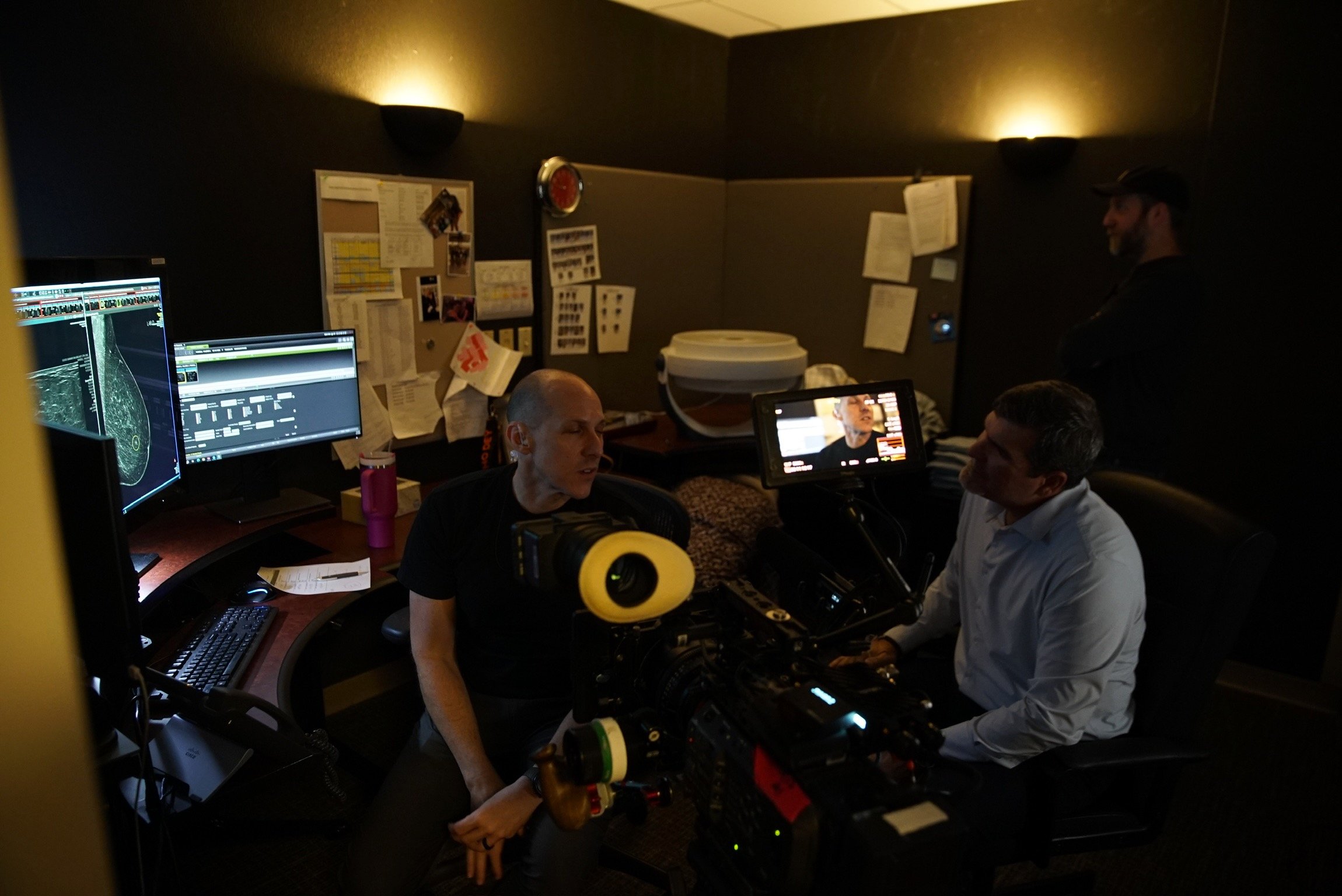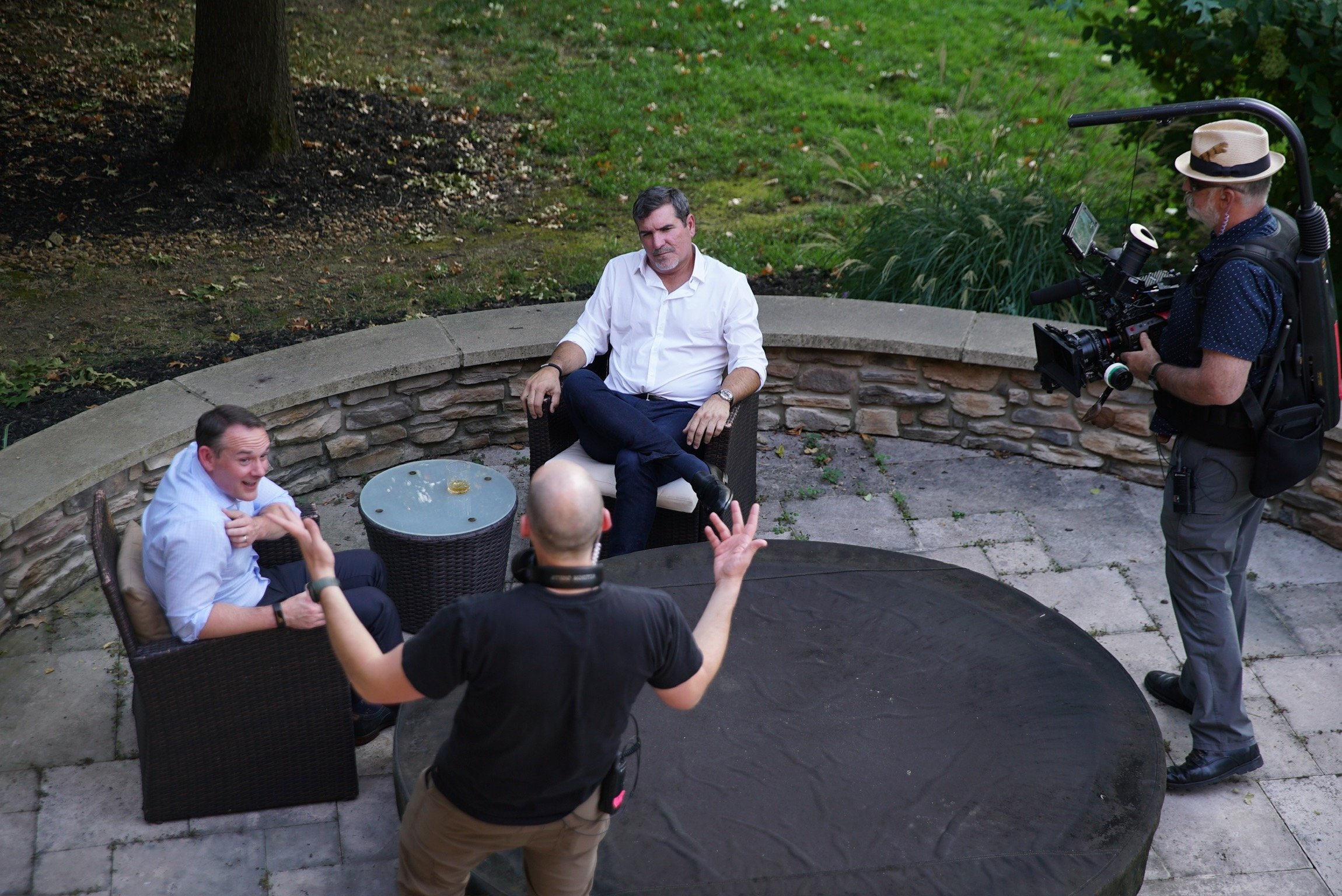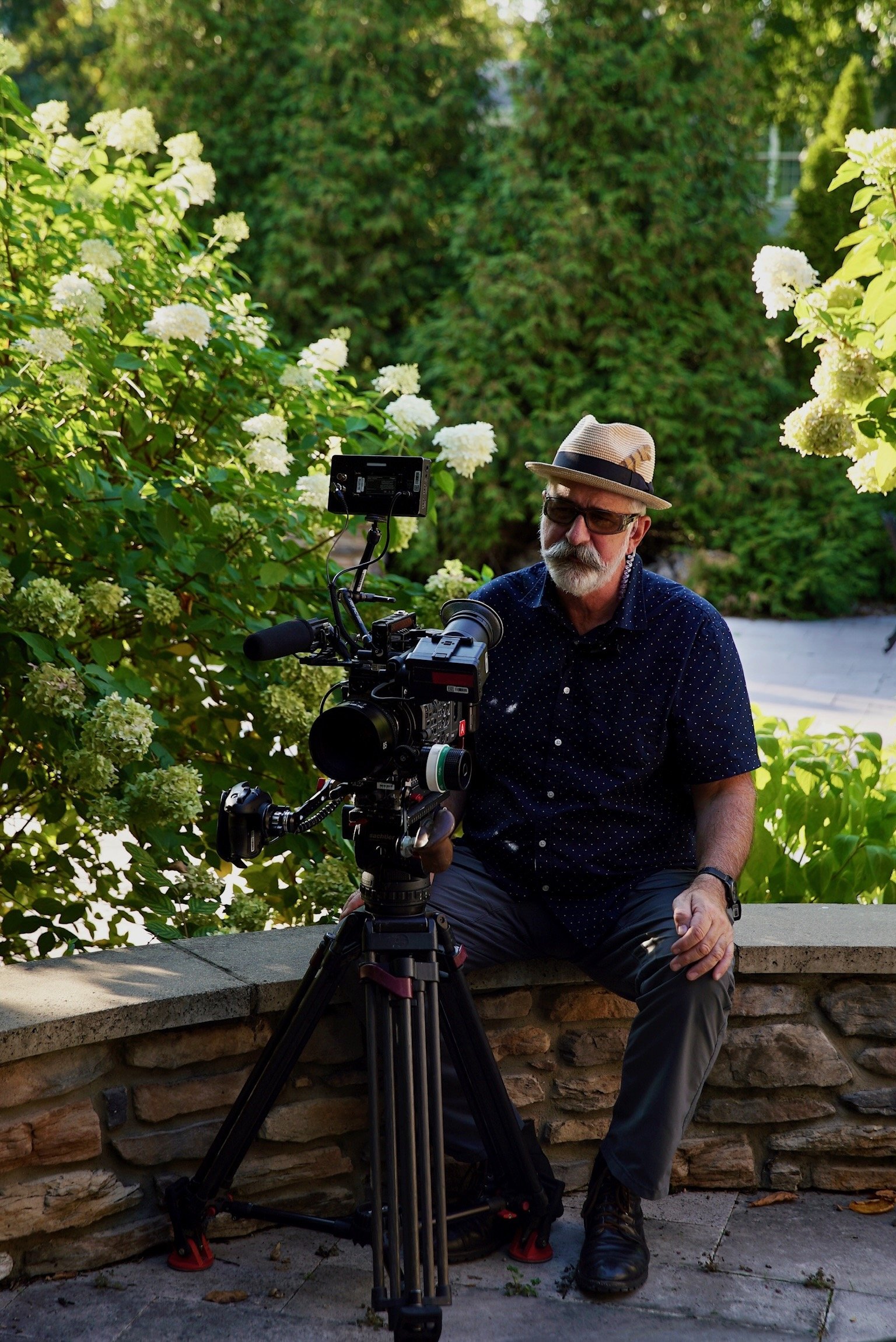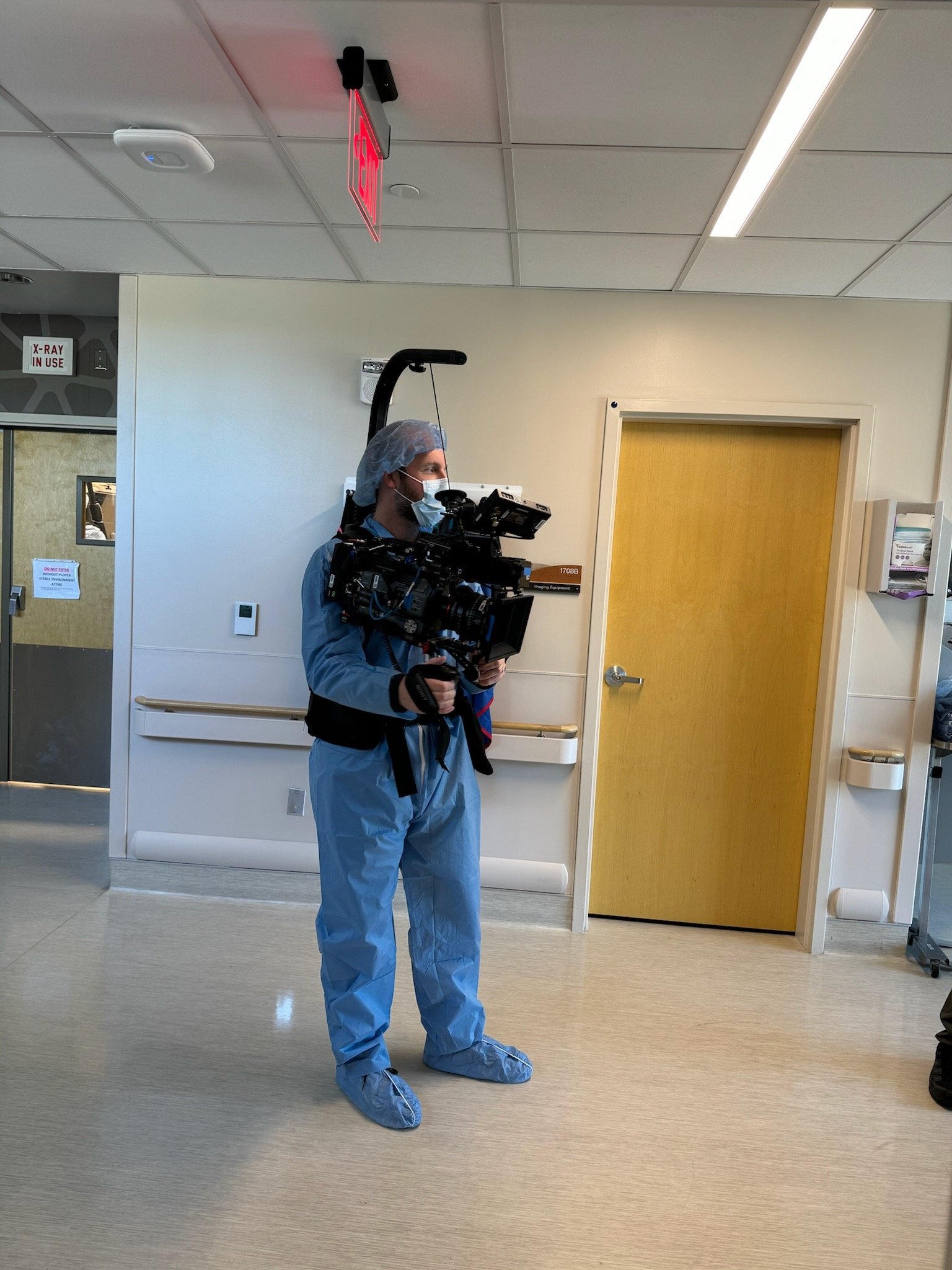
A Six-Part Documentary Series That Will Change the Way Our World Sees Cancer Treatment
Killing Cancer
In the relentless battle against cancer, the specialists at TriHealth Cancer and Blood Institute unite unmatched expertise with cutting-edge technology to confront one of humanity's most devastating enemies—saving lives, one elusive cell at a time. KILLING CANCER: INSIDE THE RACE TO CURE CANCER. takes viewers beyond the waiting rooms and hospital hallways, offering an unprecedented, deeply personal glimpse into the spaces and moments where life-altering decisions are made.
The first season of KILLING CANCER plunges viewers into the high-stakes, emotionally charged world of Good Samaritan Hospital, a cornerstone of the TriHealth Cancer and Blood Institute in Cincinnati. Here, the fight against cancer is waged with cutting-edge technology, relentless determination, and a collaborative spirit that brings over a dozen specialists together in weekly board meetings to design personalized treatment plans for every patient.
Format Elements
VERITÉ-STYLE FILMING:
Our unique access will allow us to be flies on the wall for patient appointments, tumor board meetings, analyzing samples in the lab, and more. Capturing the doctors and patients in true verite form allows the action to speak for itself without the necessity of a narrator.
INTIMATE PROFILES OF DOCTORS AND PATIENTS:
Doctors are more than emotionless wonks in lab coats, and patients aren’t defined by the cancer they’re battling. Filming detailed profiles with doctors and patients in their daily lives outside the hospital – at home with their families, engaging in their hobbies and passions, shuttling their kids to soccer practice, etc. – puts a human spin on the cancer narrative and shows that life marches on in the midst of battling the disease.
DOCTORS AS THE PRIMARY CHARACTERS:
Most cancer stories are told from the POV of the patients as they go on their hugely emotional journeys. “KILLING CANCER” flips it to give viewers a front row seat to the difficulties that health care providers must navigate, both in the decision making process of how to treat their patients as well as the emotional toll it takes working in oncology day in and day out.
SELF-RECORDED VIDEOS FROM PATIENTS:
For most patients, about with cancer is a long and hugely personal process. To help capture their journey after our cameras have gone, patients will record short “selfie” style videos so that the audience can follow along with them on their journey long after our cameras leave. The content of these intimate videos will range from how our patients are feeling and updates to their treatment plans to how they’re coping emotionally and physically as well as giving snapshots of their lives, introducing their loved ones, and including viewers in their stories.
